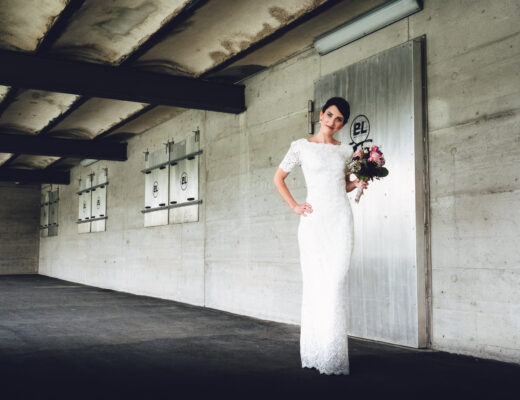Now as proud Fuji owners, we all know I am sure, how good the out of the camera jpegs are. In fact, probably the best on offer, from any camera manufacturer. However as a full time professional photographer, with my clients demanding the best quality images, I still prefer to shoot in RAW. The reasons are; that unlike a jpeg it is an uncompressed file, so no loss of image quality. Also there is much greater latitude for correcting mistakes, for example exposure in post production. In my experience correction of up to around 3 stops underexposed, much greater than a jpeg. Also its far easier too get white balance correct from a RAW file in post production. This is particularly valuable to me as I mainly photograph indoor events, often in mixed lighting situations. Something that the white balance presets often struggle with.
One of the disadvantages however of shooting RAW files (apart from the larger file size) is that the superb film simulations that Fuji provide, including the fabulous ‘classic chrome’ are lost, in that they are not applied to RAW files. This is because the very nature of RAW files, is that they are in essence, the equivalent of a digital negative.
The good news is that if you own a copy of Lightroom 5, 6 or CC, these film simulations can be applied in post production to a RAW file! That is if you know where to look and find them. I say this because it’s not immediately obvious.
So let me show you how to find and apply them and also give you a guide as to what they replicate.
On selecting the image you wish to work on in Lightroom you will need to go to the develop module.
You then need to move to the right hand panel, where you find all the adjustments that can be applied to your image. Then scroll down to the camera calibration panel. If this is not displayed then right click on any panel that is. This will show up the list of available panels. Then select the camera calibration panel that will then be displayed at the bottom as mentioned earlier.
The first option displayed by default will be headed Process and should say ‘2012 (Current)’. Leave that as it is.
The next option below that is headed Profile, and by default should say Adobe Standard. It is in this drop down menu that all the Fuji film simulations can be found. Including the black and white options. You then simply select the one you wish to use. The advantage over shooting in jpegs is that you can change your mind over which to use as often as you wish.
You are free to apply exposure corrections, sharpening etc as you wish and then export to jpeg for whatever type of output you then wish to produce.
Of course its also easy to set up a user preset with your preferred film simulation, basic sharpening etc. To do this simply go to the left hand panel and click the + sign next to where it says Presets. A window will open asking you to name the preset and it will appear under User Presets. You will then be able to quickly select this in future. You could obviously create more for all the different film simulations that you might regularly use. In addition one of these could be selected as a preset to be automatically applied on import if you wished. This option is found in the Import module page.
I hope you will have found this guide useful and shows how Fuji really looks after their photographers, even to the point of working and collaborating with Adobe.
For your reference here is the full list and description of the film simulations available:
[PROVIA/STANDARD]
Standard color reproduction. Suited to a wide range of subjects, from portraits to landscapes.
[Velvia/VIVID]
A high-contrast palette of saturated colours, suited to nature photographs.
[ASTIA/SOFT]
A soft-toned palette of less saturated colours.
[CLASSIC CHROME]
Soft colour and enhanced shadow contrast for a calm look.
[PRO Neg. Hi]
Offers slightly more contrast than (PRO Neg. Std). Recommended for outdoor portrait photography.
[PRO Neg. Std]
A soft-toned palette. The range of hues available for skin tones is enhanced, making this a good choice for studio portrait photography.
[MONOCHROME]
Take pictures in black and white.
[MONOCHROME+Ye FILTER]
Take black-and-white pictures with slightly increased contrast. This setting also slightly tones down the brightness of the sky.
[MONOCHROME+R FILTER]
Take black-and-white pictures with increased contrast. This setting also tones down the brightness of the sky.
[MONOCHROME+G FILTER]
Soften skin tones in black-and-white portraits.
Footnote: These film simulations are also provided in the Raw Converter that is supplied with your Fuji camera by Silkypix. I just prefer like many other photographers to use Lightroom.

























